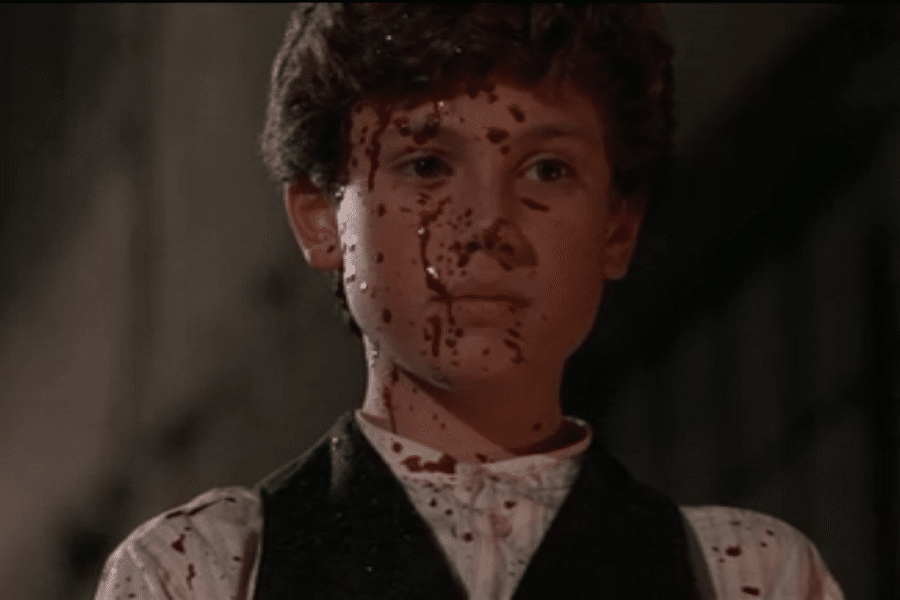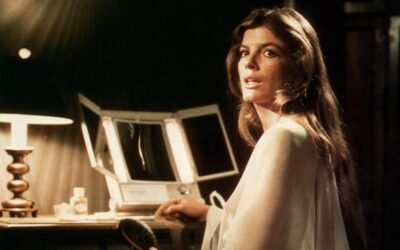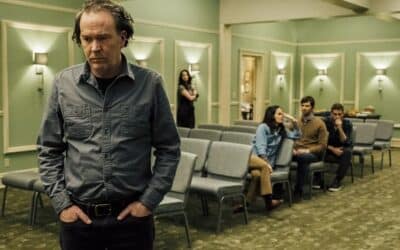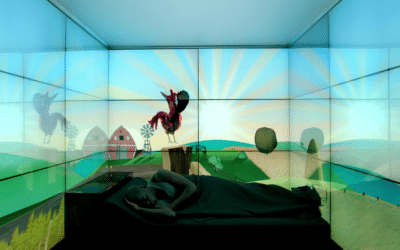
Horror Short Stories
In a dim, flickering room, with a storm brewing outside and shadows dancing on the walls, the allure of a horror short story is undeniable. It’s a tantalizing venture into a world of spookiness, where within the span of a few pages, the ordinary turns eerie and the benign becomes terrifying. The best horror short stories are the perfect bite-sized fright, a quick jolt to the system without a long commitment.
One of the foremost masters of horror fiction, Edgar Allan Poe, offers a rich starting place. “The Tell-Tale Heart” is a seminal work that delves into the psyche of a man who, after committing murder, believes he can hear the heartbeat of his victim. It’s a chilling psychological horror that lingers in the memory, echoing like that insistent, imagined heartbeat. Poe’s ability to convey terror through the mental disintegration of his narrator showcases a fundamental characteristic of short horror—its capacity to dive deep into dark psychological states within a compact narrative.
Poe isn’t alone in his craft. Shirley Jackson, a mid-20th-century titan of horror and mystery, penned “The Lottery,” a tale set in a small town with a grim secret. This story, with its slow, meticulous buildup and its shocking, gut-punch ending, exemplifies Jackson’s ability to take a seemingly ordinary setting and twist it into a stark, horrifying revelation about human nature. It’s not a ghost story or a tale of monsters, but it’s chilling in a deeply unsettling way, a reminder that horror can be found in the mundane, made extraordinary by circumstance and human behavior.
Stepping into more contemporary terrains, Stephen King, often known as the ‘King of Horror’, proves his mastery in short form as well as in his mammoth novels. His collection “Night Shift” features stories that range from the sinister to the downright horrifying. One standout is “Children of the Corn,” which has since spawned a film franchise. In this short story, King deftly weaves a tale of a rural town where children have turned to worshipping a dark entity, resulting in macabre consequences. The vivid setting and steadily mounting tension that King builds throughout the story are trademarks of his short horror fiction.
Turning from page to screen, horror short stories have also found a loving home in television and film, where their brief, impactful narratives can be perfectly suited for adaptation. One standout example is “The Birds,” a novelette by Daphne du Maurier, which was masterfully adapted into a film by Alfred Hitchcock. The tale of seemingly unprovoked and increasingly violent bird attacks in a small English village is gripping in its simplicity. In Hitchcock’s hands, this story was transformed into a tense, almost claustrophobic film, using the horror of the unexplained and the fear of nature turned inexplicably hostile to great effect.
Television anthologies, such as “The Twilight Zone” and “Black Mirror,” also tap into this unique form of storytelling. While they are not adaptations of literary works, they capture the spirit of short horror stories impeccably. “The Twilight Zone” episode “Nightmare at 20,000 Feet” features a man on an airplane, seeing a creature on the wing that no one else can see. His increasing desperation as he tries to alert the others, only to be met with disbelief, embodies that quintessential horror story trait: the terrifying isolation of knowing something that nobody else believes. “Black Mirror,” on the other hand, offers a modern twist, using technology and near-future settings to explore the dark corners of human potential.
Short films, too, have become a booming platform for horror storytelling. “Lights Out,” a short film by David F. Sandberg, uses a simple concept—a malevolent entity visible only when the lights are turned off—to create a breath-stealing experience in under three minutes. This short was so effective that it was later developed into a full-length feature film, a testament to the potency of its original concept and execution.
A newer entrant to this world of abbreviated terror is Carmen Maria Machado, whose collection “Her Body and Other Parties” twists the fabric of reality in stories that blend horror with science fiction, fantasy, and a deep exploration of women’s lives. The standout story, “The Husband Stitch,” offers a modern-day retelling of an old legend, unspooling a narrative that is as intimate as it is eerie, exploring themes of female autonomy, storytelling, and an indefinable sense of dread that permeates from start to finish.
What makes horror short stories and their on-screen adaptations so compelling? Perhaps it is their ability to condense fear and tension into a concentrated dose. They plunge readers and viewers immediately into their dark worlds, wasting no time on extensive setup. With a few carefully chosen details, they conjure entire universes that are at once familiar and deeply unsettling. They remind us of the thin line between normalcy and nightmare, a boundary that can be crossed in the time it takes to turn a page or dim the lights.
As the storm outside intensifies and the room seems to grow darker, remember that this is the domain of horror short stories. They are the flickering shadows on the walls and the creaking floorboards upstairs; they are the chill that runs down the spine and the sudden start at an unexpected noise. They are brief but unforgettable journeys into the eerie unknown.
The night is dark, the wind is howling, and somewhere in the pages of a book or the frames of a film, something waits to make the heart race a little faster. Such is the power of the best horror short stories—in any form they take.
More Horror Features
1970s Horror
The 1970s may be gone, but the fear they inspired remains
Horror Through the Ages
A Journey Through Time and Terror
Technology in Horror
When gadgets become nightmares



